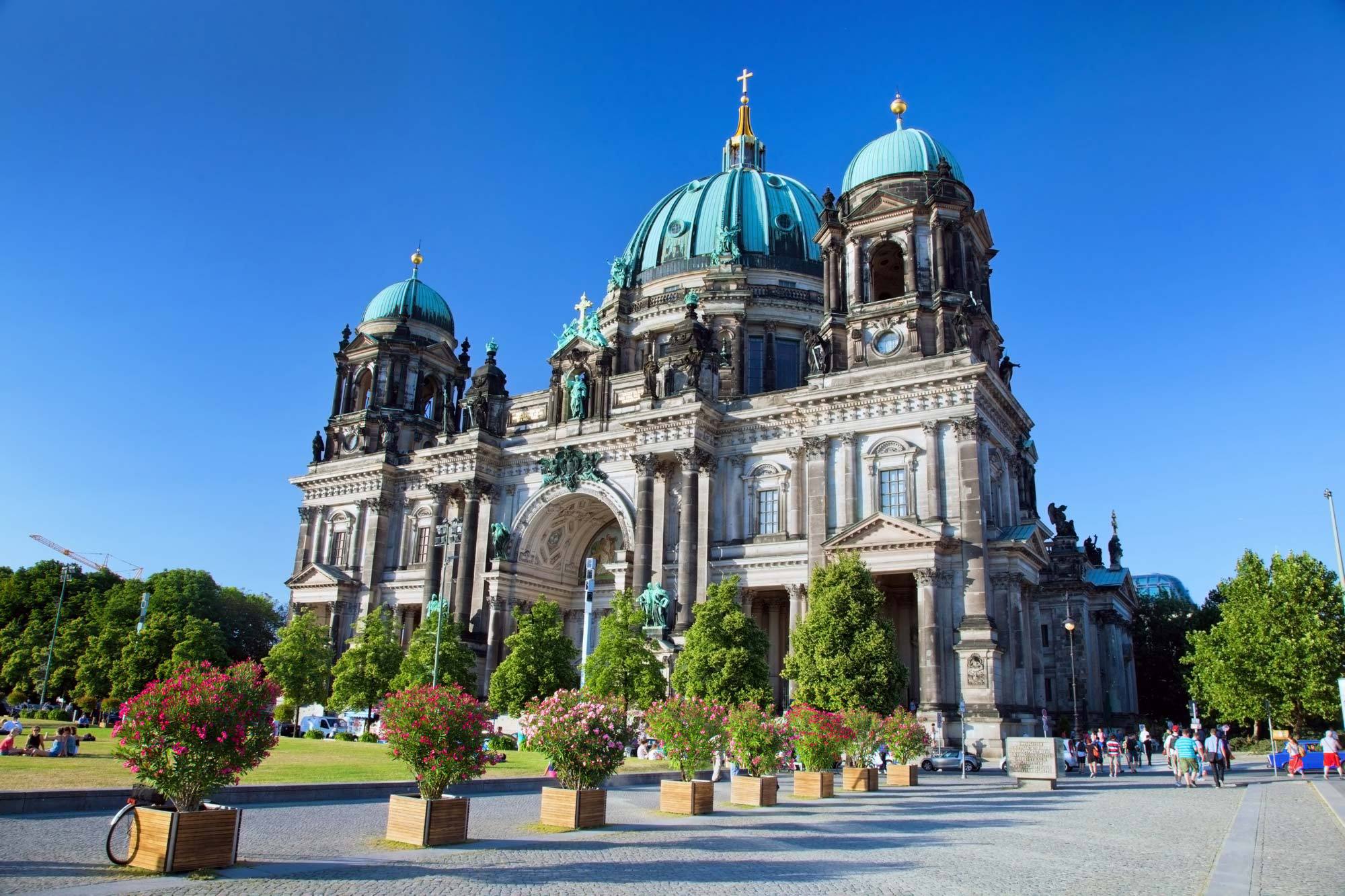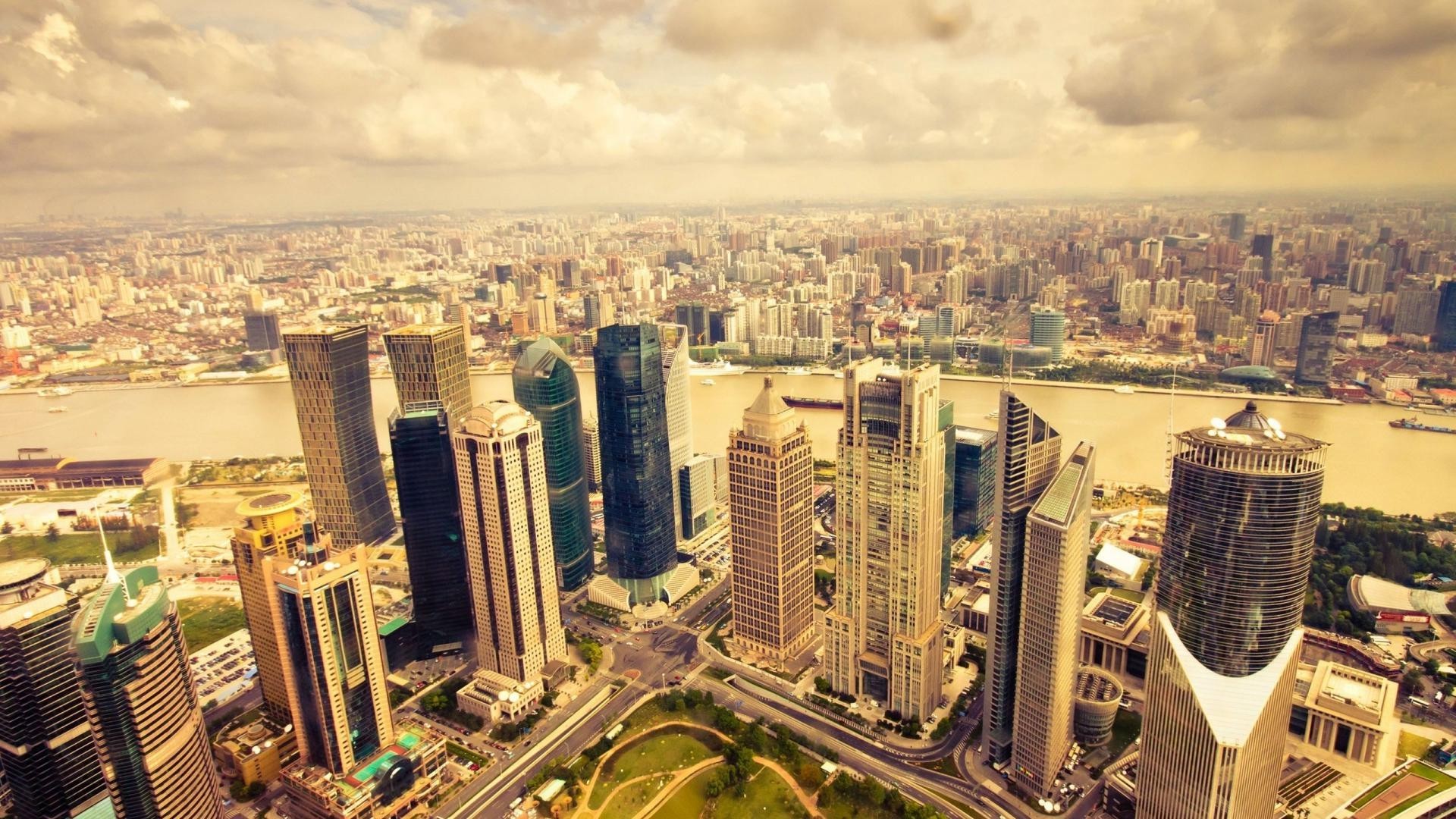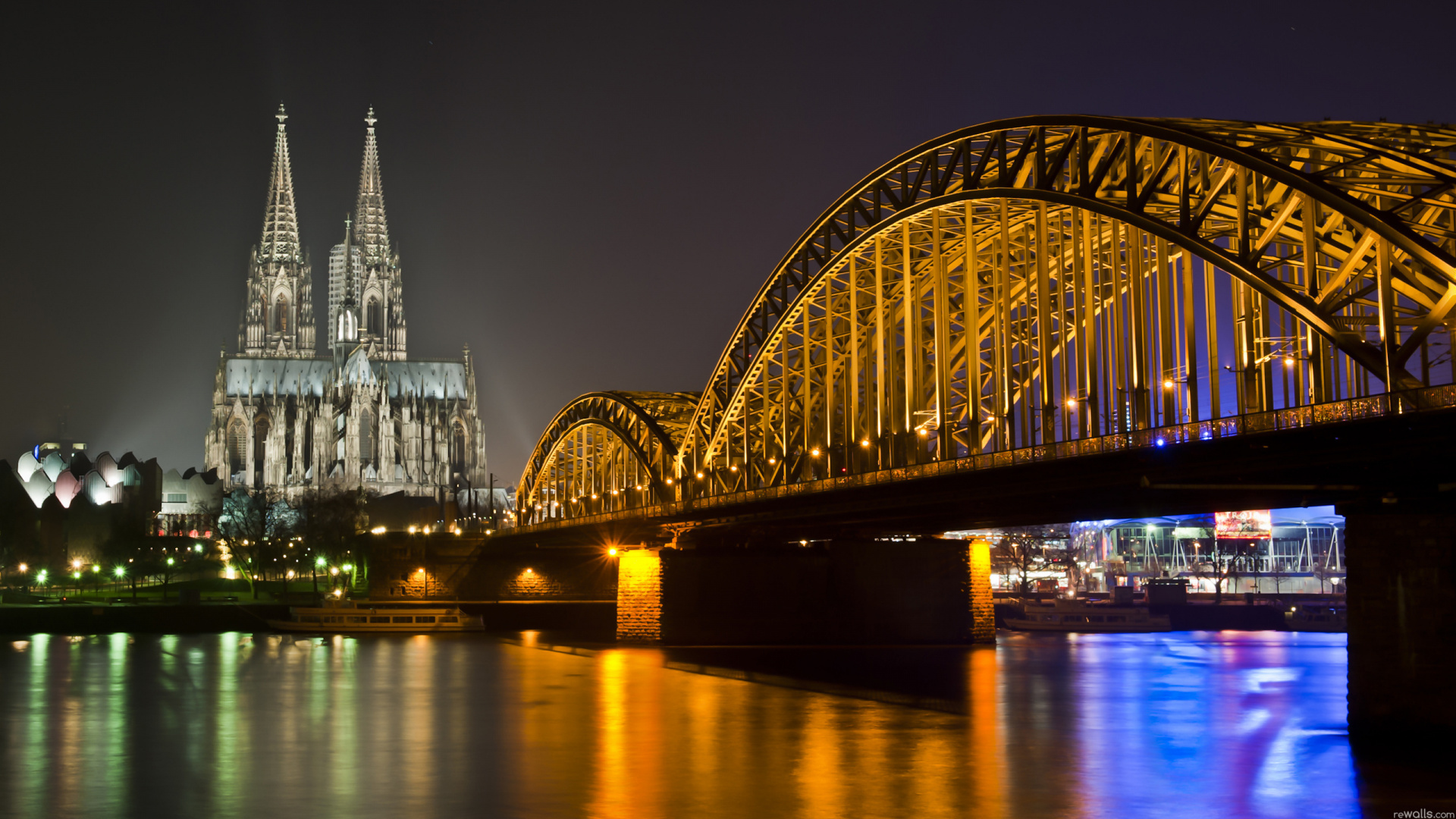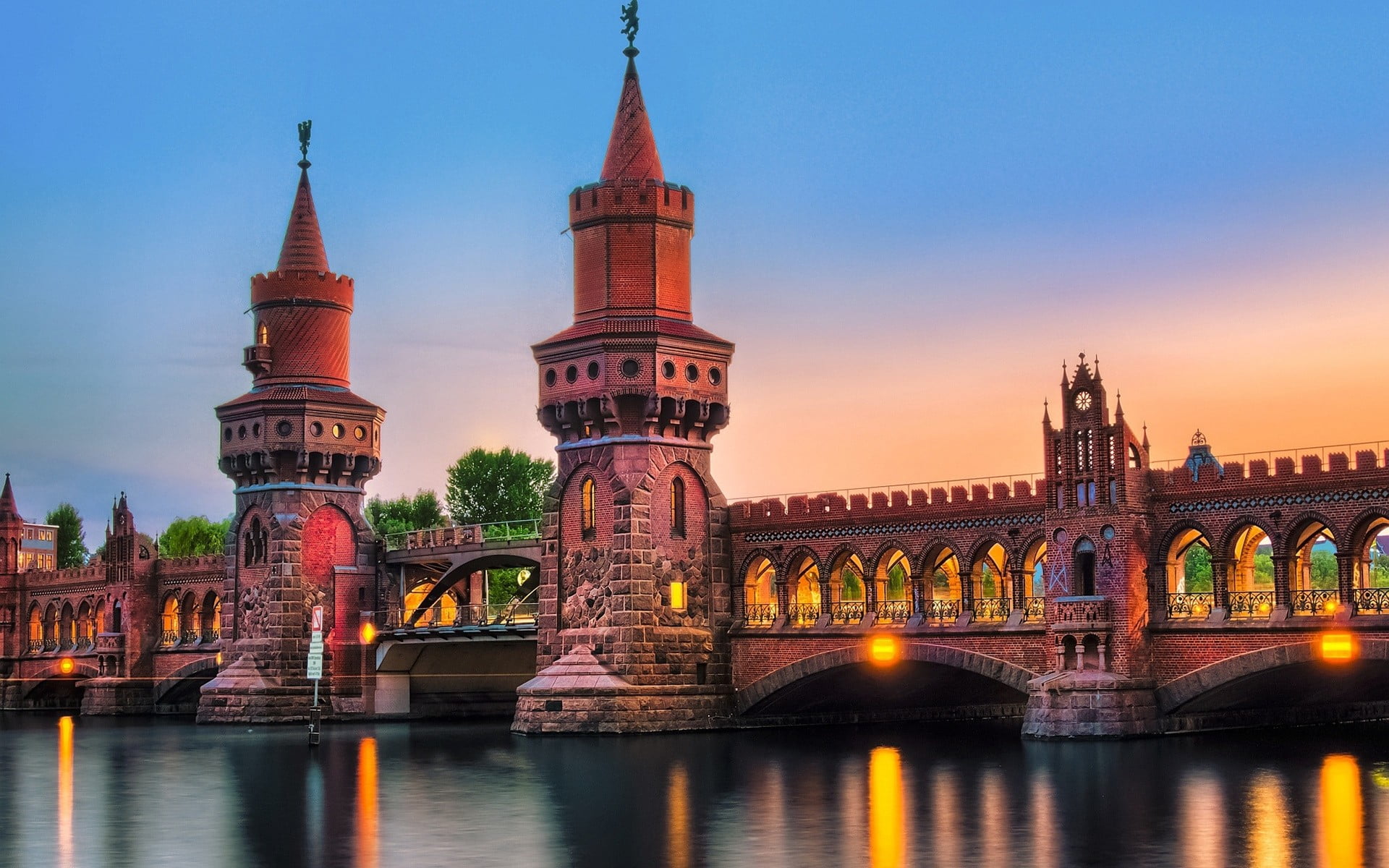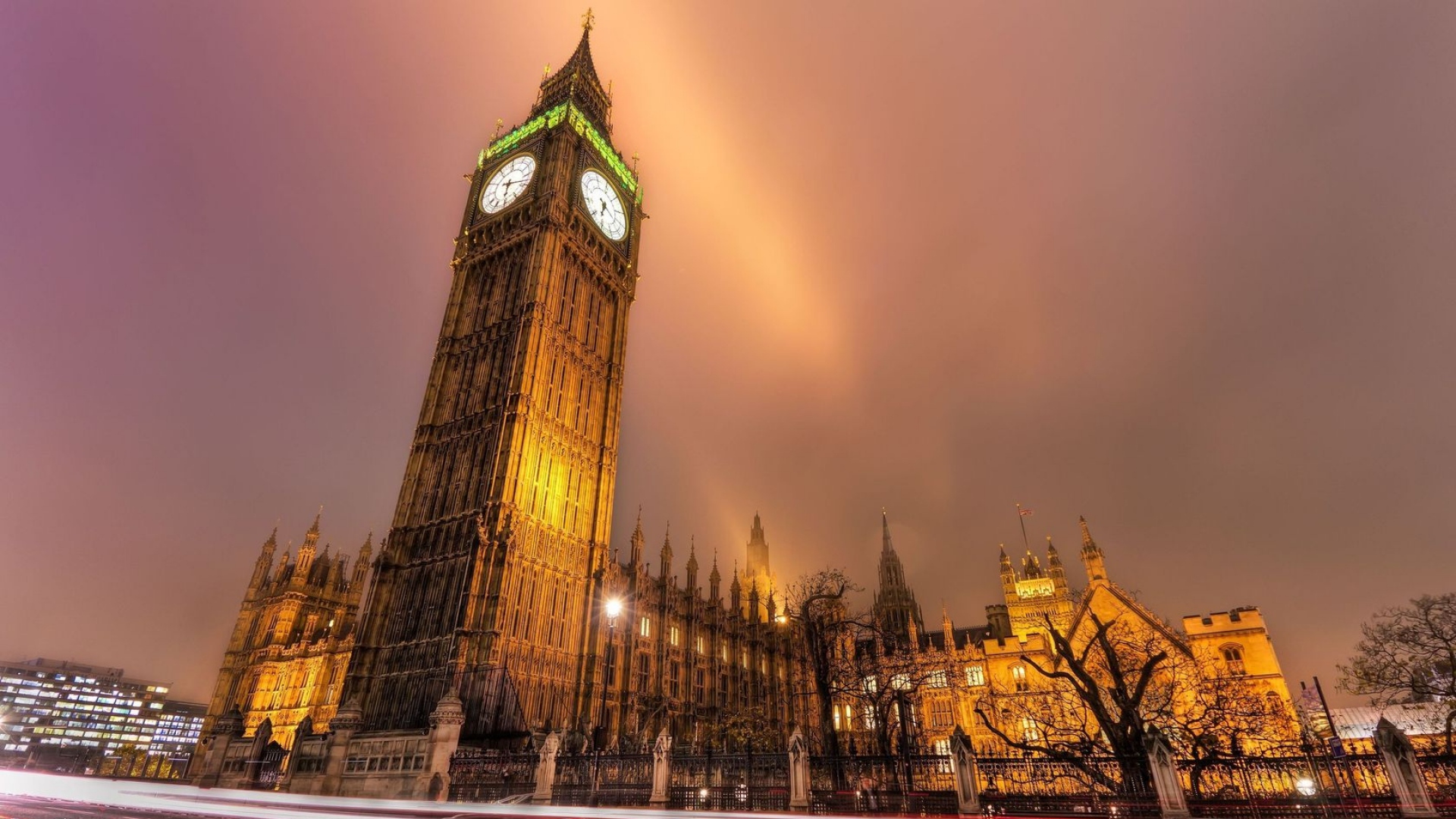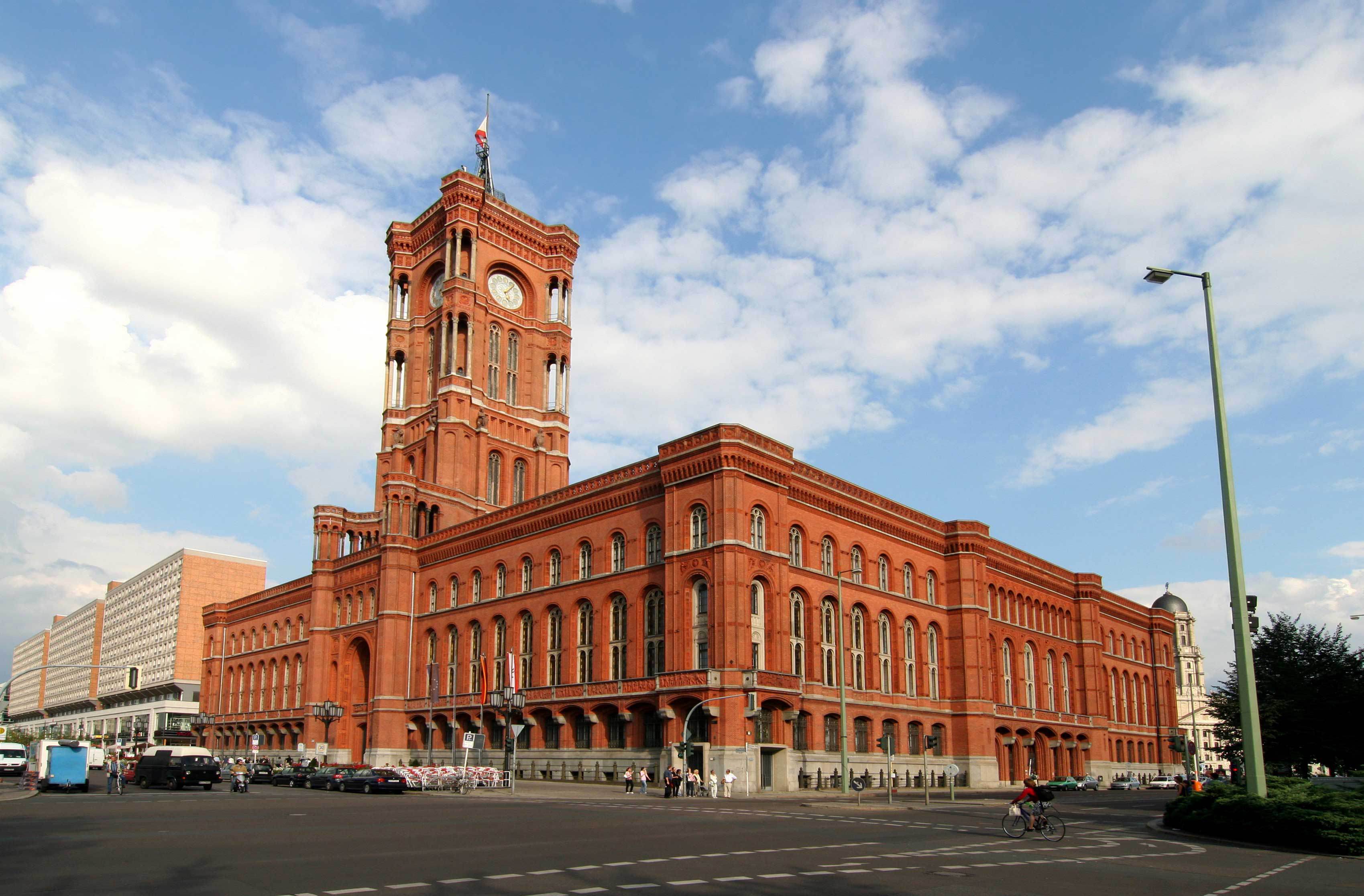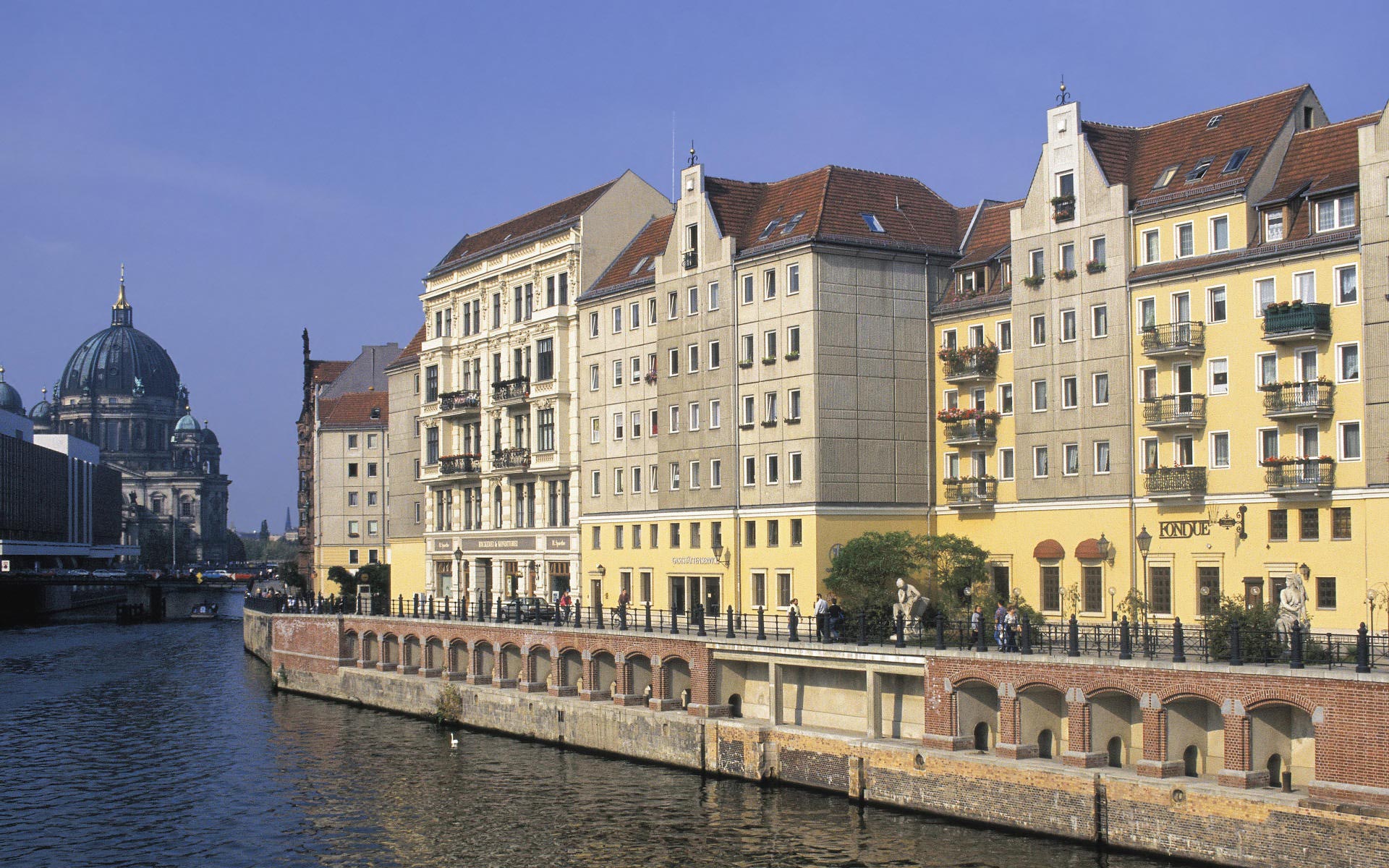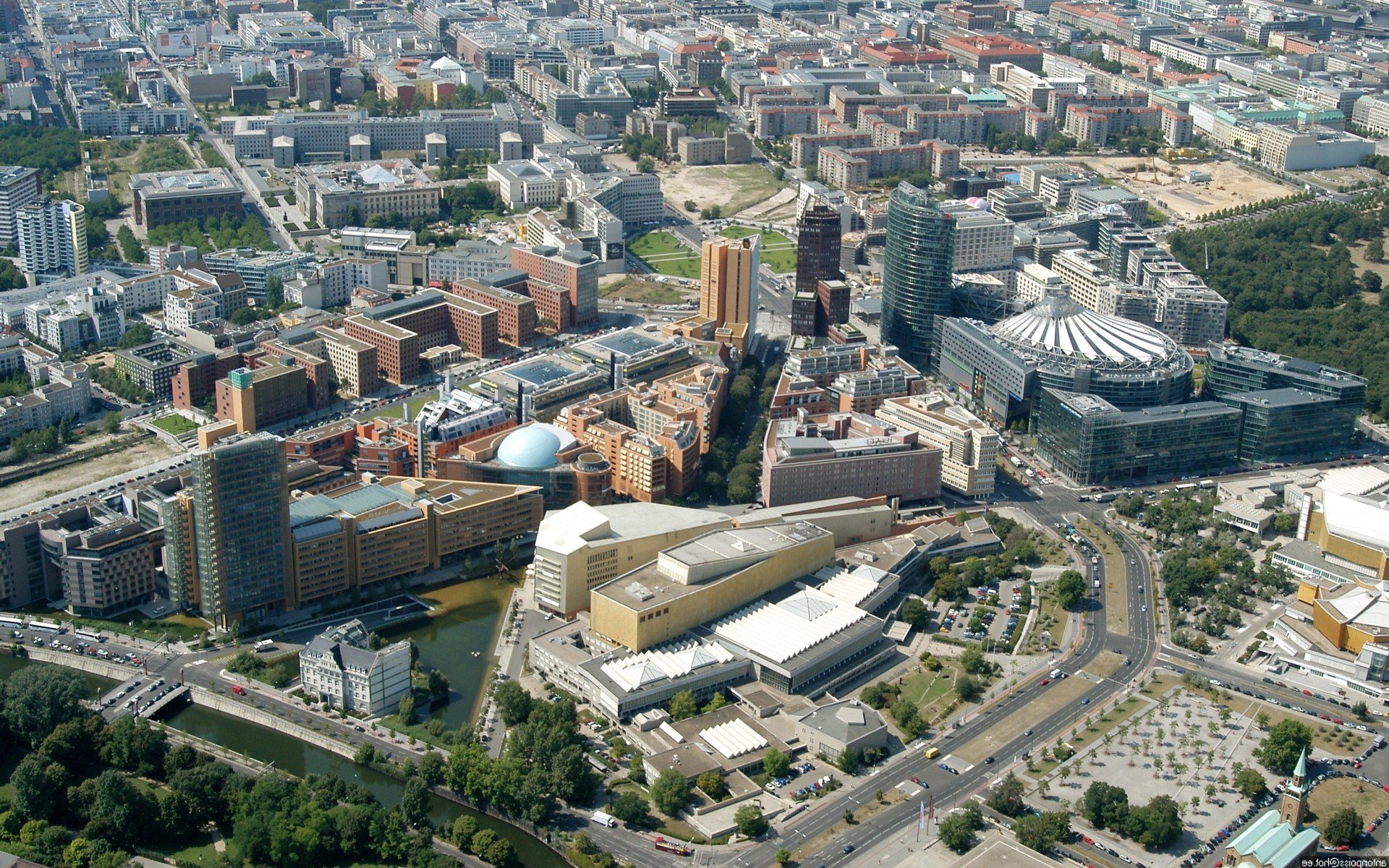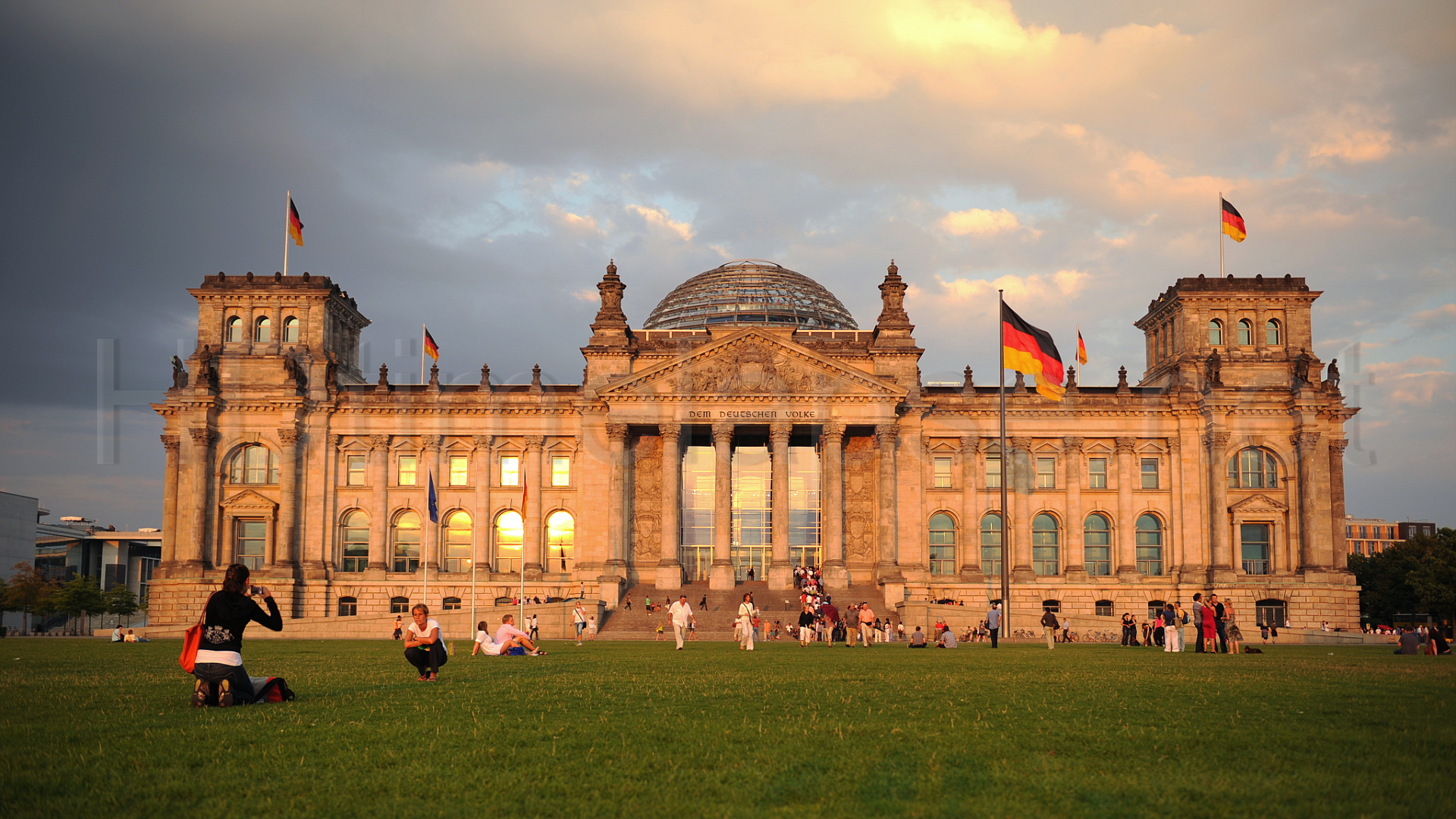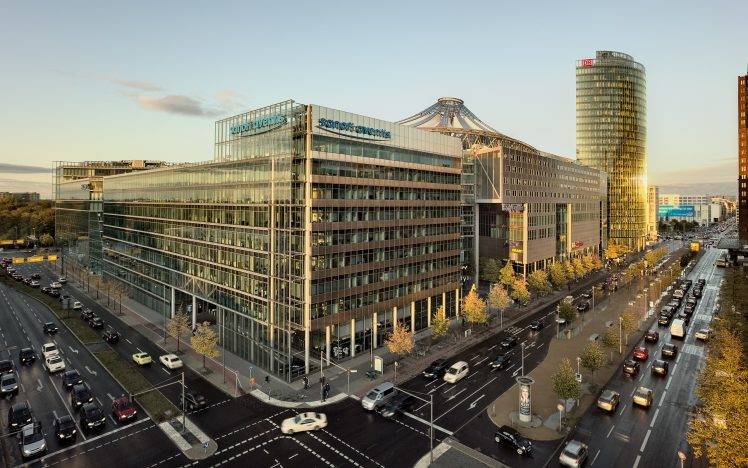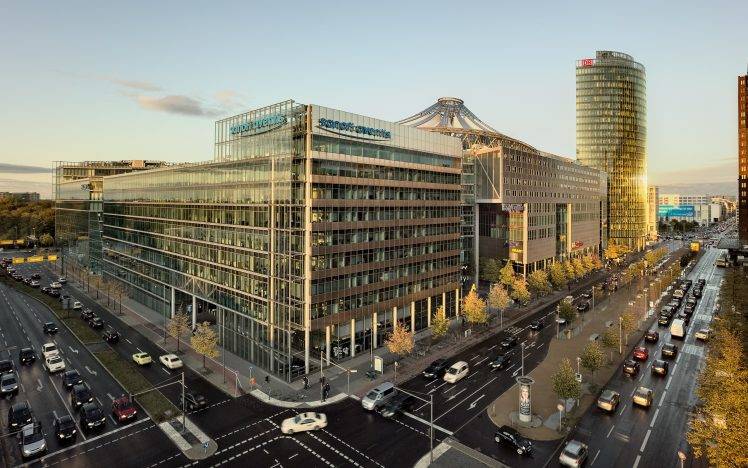Venue & Hospitality
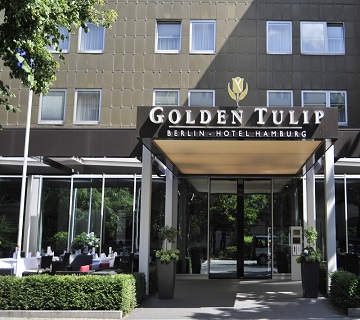
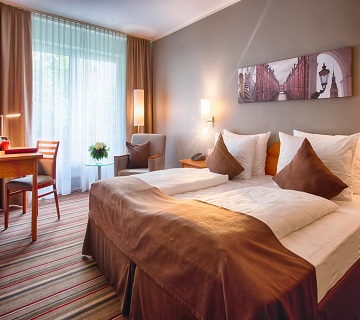
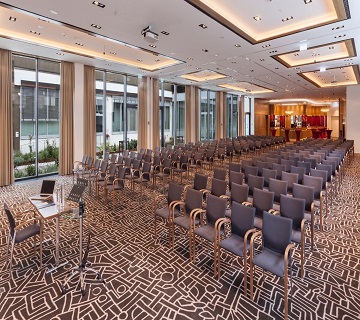
City Highlights
About City
Berlin is the capital and the leading city of Germany, as well as one of its 16 constituent states. Berlin is the nation's capital and busiest city. It is mythological for its exceptional variability of attractions, its prosperous cultural scene and a way of life that's both fast-paced and relaxed. Berlin is a world city of ethos, politics, broadcasting and science. Its frugality is based on advanced firms and the provision sector, incorporating a diverse range of creative industries, research facilities, media corporations and convention venues.
Transportation system in Berlin
Berlin has two commercial international airports. Tegel Airport (TXL) is within the city limits, and Schönefeld Airport (SXF) is just outside Berlin's south-eastern border, in the state of Brandenburg. Both airports together handled 29.5 million passengers in 2015. In 2014, 67 airlines served 163 destinations in 50 countries from Berlin.Tegel Airport is a focus city for Lufthansa and Eurowings. Schönefeld serves as an important destination for airlines like Germania, easyJet and Ryanair.
Economic Condition: In 2018, the GDP of Berlin totaled €147 billion, an increase of 3.1% over the previous year. Berlin's economy is dominated by the service sector, with around 84% of all companies doing business in services. In 2015, the total labour force in Berlin was 1.85 million. The unemployment rate reached a 24-year low in November 2015 and stood at 10.0% . From 2012 to 2015 Berlin, as a German state, had the highest annual employment growth rate. Around 130,000 jobs were added in this period.
Educational System: The Berlin-Brandenburg capital region is one of the most prolific centres of higher education and research in Germany and Europe. Historically, 40 Nobel Prize winners are affiliated with the Berlin-based universities.
Geographical Situation: Berlin is in northeastern Germany, in an area of low-lying marshy woodlands with a mainly flat topography, part of the vast Northern European Plain which stretches all the way from northern France to western Russia. The Berliner Urstromtal (an ice age glacial valley), between the low Barnim Plateau to the north and the Teltow plateau to the south, was formed by meltwater flowing from ice sheets at the end of the last Weichselian glaciation. The Spree follows this valley now. In Spandau, a borough in the west of Berlin, the Spree empties into the river Havel, which flows from north to south through western Berlin. The course of the Havel is more like a chain of lakes, the largest being the Tegeler See and the Grober Wannsee. A series of lakes also feeds into the upper Spree, which flows through the Grober Muggelsee in eastern Berlin.
Venue
Golden Tulip Berlin-Hotel Hamburg Landgrafenstraye 4, 10787 Berlin, Germany


